Technology
Samsung unveils the “Galaxy Fold”, a phone that opens into a tablet
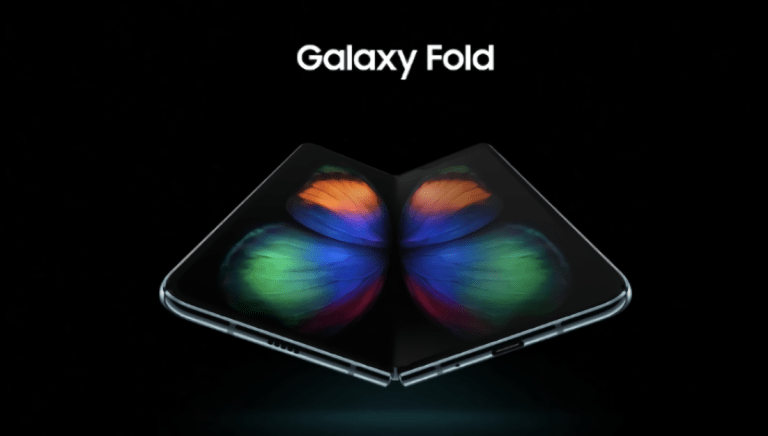
Samsung Galaxy Unpacked 2019 event biggest news first its foldable smartphone called the Galaxy Fold, the smartphone/tablet hybrid sports dual screens. One that folds in half like a notebook, and another that works just like any other.
Samsung launches the Galaxy Fold on April 26th, starting at $1,980 and comes in both LTE and 5G version.
Hardware
The roughly 200-gram Galaxy Fold flips open in portrait orientation, and the inside is coated with a film that gives it a photopaper-like appearance. It’s got a protective polymer consisting of a cover window, a shock-absorbent film, and a polarizer that’s 45 percent slimmer than the company’s previous thinnest, along with a flexible layer and backplane. Samsung says the tech — dubbed Infinity Flex Display — took seven years to develop.
Thanks to a highly durable adhesive, the Fold’s 7.3-inch primary screen and “sophisticated” hinge system with interlocking gears can undergo “hundreds of thousands” of flexes without sustaining damage, Samsung says. The 4.6-inch secondary screen doesn’t bend, and that’s by design — it puts apps at your fingertips when the Fold’s folded in half.
The Fold packs a speaker tuned by AKG Acoustics and a side-mounted fingerprint sensor, and comes in four colors: Cosmos black, space silver, martian green, and astro blue. You can personalize the hinge color, too, if you so choose.
Cameras and processor
The Galaxy Fold has a six-sensor camera setup comprising a three-sensor module on the rear and dual front-facing cameras. But wait — there’s more. It’s got a whopping 12GB of RAM, 512GB of onboard memory, and Universal Flash Storage 3.0 (eUFS). And there’s two batteries onboard — one on each side — that total 4,380mah in capacity.
As for the system-on-chip at the heart of the Fold, it depends on which model you pick up. North America, Latin America, Hong Kong, China, and Japan will likely get a variant with Qualcomm’s Snapdragon 855, while the rest of the world will probably get one with Samsung’s Exynos 9820. Here’s how they differ.
Exynos 9820
The Exynos 9820, the newest octa-core system-on-chip in Samsung’s 9 Series arsenal, packs an improved neural processing unit (NPU) for on-device artificial intelligence (AI) applications, a fourth-generation custom processor, and an LTE Advanced modem that’s capable of downlink speeds of up to 2.0-gigabits per second (Gbps). According to Samsung, its new “tri-cluster” architecture — consisting of two custom-designed cores, two high-performance ARM Cortex-A75 cores, and four energy-efficient Cortex-A55 cores — is designed on an 8-nanometer FinFET process and delivers a 15 percent multi-core performance boost when paired with the improved task scheduler. Single-core performance is 20 percent better than in the previous generation, meanwhile, and overall power efficiency is 40 percent improved.
Samsung claims the aforementioned NPU performs AI tasks around seven times faster than the Exynos 9820’s predecessor. Notably, the Exynos 9820 is the first Samsung system-on-chip with a dedicated AI chip, following in the footsteps of Huawei’s Kirin NPU and Apple’s neural engine. And when it comes to graphics performance, the system-on-chip is no slouch: The onboard Mali-G76 MP12 graphics processing unit (GPU) has wider execution engines with double the number of lanes, offering a 40 percent and 35 percent performance and power efficiency improvement, respectively, compared to the Exynos 9810.
Finally, like the Exynos 9180 before it, the Exynos 9820 has a security chip that stores and manages personal and biometric data (such as facial and biometric scans) in isolation.
Qualcomm Snapdragon 855
As for Qualcomm’s Snapdragon 855, it’s a 7-nanometer eight-core chip that, like the Exynos 9820, can achieve up to 2Gbps cellular speeds courtesy the embedded X24 LTE modem. It supports Wi-Fi 6 (aka 802.11ax) along with 802.11ac Wave 2 for superior performance on pre-802.11ax networks, and it’s up to 45 percent faster overall thanks to a 64-bit ARM Cortex design based on Qualcomm’s in-house Kryo 485 processor.
Four cores handle the heavy lifting — one prime core clocked at 2.84GHz and three performance cores at 2.42GHz — while four efficiency cores running at 1.8GHz handle less performance-intensive tasks. Unlike the Exynos 9820, the Snapdragon 855 diffuses AI capabilities across multiple processing components (including a new tensor accelerator called Hexagon 690) for a total theoretical capacity of seven trillion operations per second. Qualcomm’s claiming an AI performance improvement of three times compared to its previous flagship chipset, the Snapdragon 845.
Meanwhile, the Snapdragon 855’s graphics chip — the Adreno 640 — is 20 percent faster than the Snapdragon 845’s Adreno 630, and it supports HDR (along with APIs like Vulkan 1.1) and custom algorithms designed to reduce dropped frames by over 90 percent. Additionally, it enables developers to use physically based rendering (PBR) to replicate the way light reflects off of real-world materials.
Software
OneUI
Like the newly announced Galaxy S10 series, the Galaxy Fold runs One UI, Samsung’s redesigned overlay atop Android Pie, which recently began rolling out to the Galaxy Note9 and S9 series phones in the U.S.
In addition to font tweaks and redesigned navigation buttons, much more intuitive than previous versions of the company’s mobile flows — not to mention more responsive. The upper portion of the screen is reserved for viewable content, while the lower portion is devoted to interactions. Focus Blocks — bright, colorful buttons that stand out against dark backgrounds — make clear just which elements are interactive, while pop-ups, which previously appeared near the middle of the screen, now populate the bottom where they’re easier to reach.
Icons in One UI have been “radically” simplified to help users “easily understand what each one is,” according to Samsung, and their colors — along with the hues of each menu — have been fine-tuned to provide a “more comfortable experience.”
In other improvements, the One UI settings menu groups related functions together, and it’s been reordered so that the most important options appear first, near the top. The new dialer app’s UI is dynamic — when you’re dialing a number, it changes accordingly, concealing the search bar and menu tabs. And in the clock app, it’s now easier to switch between various tabs devoted to functions like stopwatch and timer.
Apps
Samsung says it worked with Google to optimize Android for the phone’s foldable screen. And to shore up early software support for the form factor, it made available an emulator that allows developers to test things like how apps change when they transition from a “folded” to an “unfolded” state. It also working closely with select group of partners — among them Flipboard, Microsoft Office, and YouTube — to build bespoke experiences for the Galaxy Fold.
Unfurled, the Galaxy Fold behaves not unlike a tablet, with enhanced multitasking features — including Multi-Active Window, which lets you run up to three apps simultaneously, and App Continuity, which seamlessly transitions apps from the smaller display to the larger display and vice versa — which take advantage of the added real estate. If you’re looking at Google Maps, for example, the top-down view will expand to show a larger area on the 7.3-inch screen.


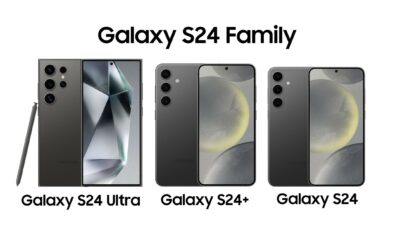

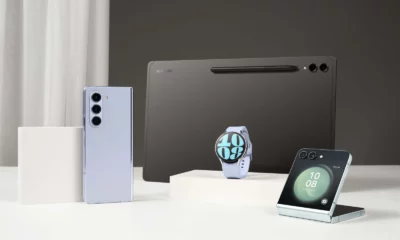



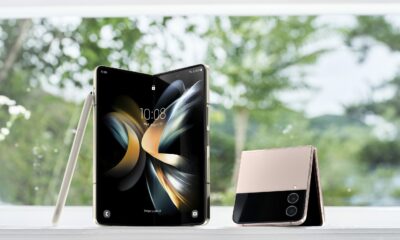
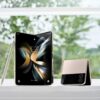















Recent Comments